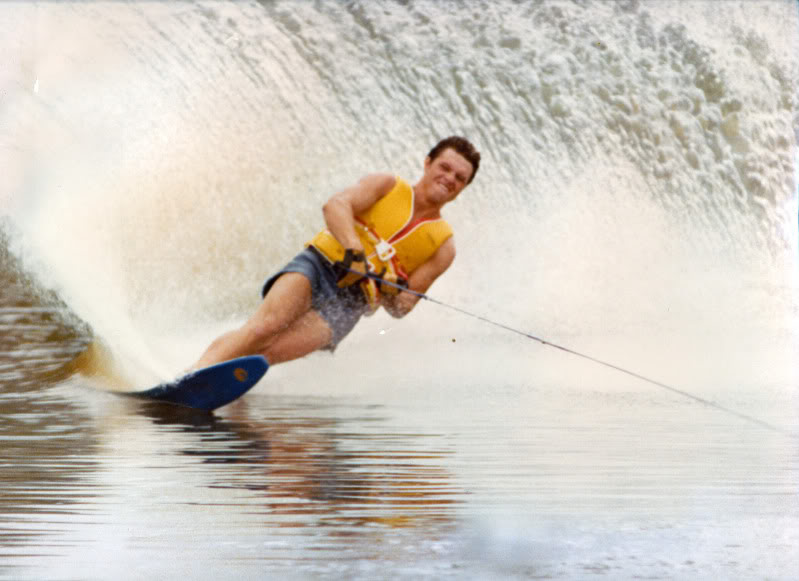Here There be Lobsters
Registered
I strap a big knife to my thigh and end up using it 40%-50% of the dives I am on. Typically it is handy to free myself or wildlife from fishing line, collecting old fishing lures, and cutting or releasing zip ties. When lake diving, I use it to kill invasive clams.




